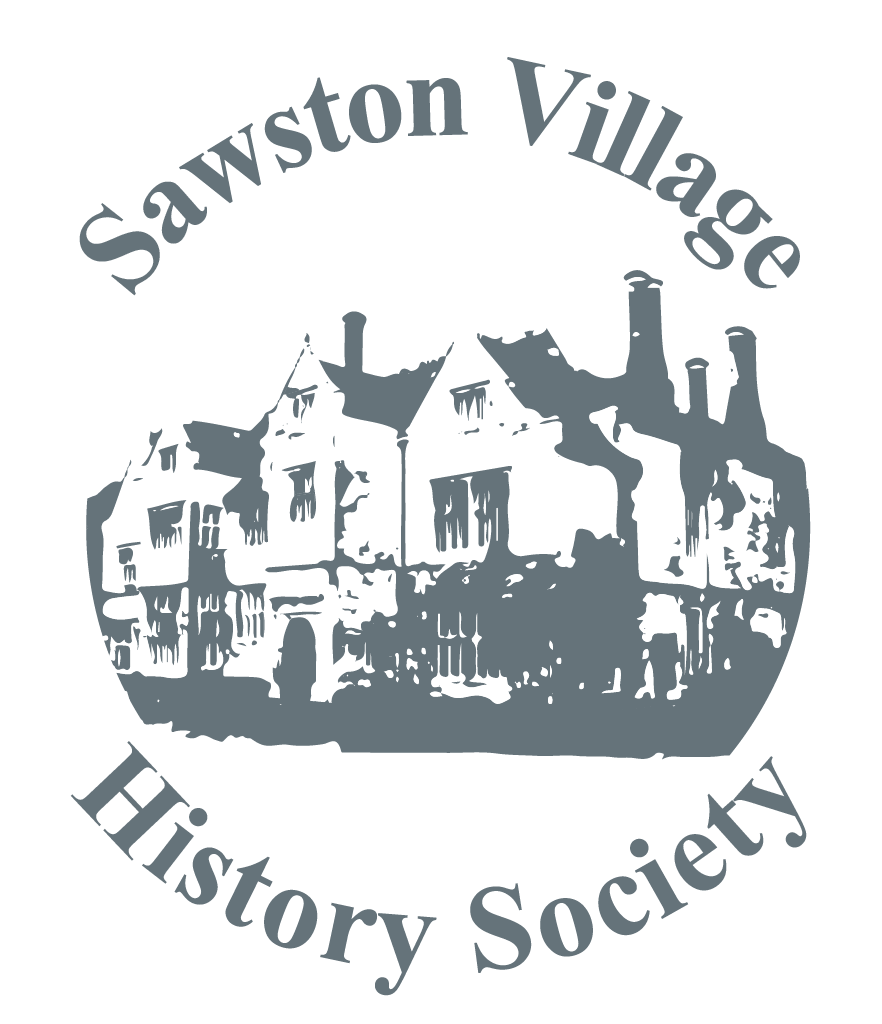
In February, Bruce Milner talked about John Neville - Sawston's Warlord of the Roses?
The name John Neville appears in Teversham's History of Sawston: He married Isabella Ingoldisthorpe, daughter of Sir Edmund, in about 1457. A clue to his importance is given by the mention that he was the brother of the Earl of Warwick, the Kingmaker. Isabella's mother's brother was the notorious John Tiptoft, Earl of Worcester, who was sometimes referred to as the Butcher of England in his capacity as Chief Constable. Most of John's adult life was spent in supporting the Yorkist cause during the Wars of the Roses: one might say he was one of the few to have come through them smelling of roses...
The Wars of the Roses were the direct result of the chronic inability of King Henry VI to rule, a total contrast to his father Henry V of Agincourt fame. Henry V died in 1422 when his son was a baby, so the governing was carried out by 'Protectors' either from the Lancastrian dynasty or the Yorkists. During the 1450s Richard, Duke of York formed an alliance with the powerful Nevilles, led by the Earl of Salisbury, and after his and the Duke's death at the battle of Wakefield, the Earl of Warwick became the leader of the Yorkists, strongly supported by his brother John. Up to l47l John successfully led a number of Yorkist victories against the Lancastrians, during which time he was captured twice and was very lucky to escape execution.
Edward was created King Edward IV by Warwick, after Edward's inspired leadership of the Yorkists against Welsh and west country Lancastrian supporters at the Battle of Mortimer Cross, near Ludlow, in February 1461.
Soon after Edward’s victory at Mortimer Cross, John was captured at the second Battle of St Albans. This was a defeat for the Yorkists, mainly as a result of Warwick’s poor tactics.
Warwick, however, bounced back after his ‘King making’ meeting with Edward, who then played a leading part of the defeat of the Lancastrians at Towton in April 1461. This is believed to have been the bloodiest battle ever fought on British soil with around 20,000 fatalities. John played no part in this epic battle as he was banged up in York, and released the day after. King Henry VI and Margaret fled from York after the battle, Henry being captured and imprisoned in the Tower. Margaret found her way back to Anjou in France, her home town.
After the crowning of Edward IV in 1461, John became Edward’s main man, in helping to mop up dissident Lancastrian forces in the north. For this Edward gave him the coveted title of the Earl of Northumberland in 1464. He was also made a Knight of the Garter.
But the relationship between Edward and Warwick became increasingly strained, especially after Edward's unexpected marriage to Elizabeth Woodville – the Woodvilles were a Lancastrian family. This upset Warwick no end as he had been negotiating with King Louis of France to marry Edward to Louis’s sister in law. The falling-out escalated to such an extent that Warwick plotted to reinstate Henry VI and Margaret in the late 1460s.
John (or we should call him Montagu) stayed loyal to Edward until late 1469, when Edward stripped him of the title Earl of Northumberland, restoring it to the powerful Percv clan whose support Edward was now seeking to fend off Warwick’s new-found Lancastrian allegiance. John was not consoled by being created Marquess Montagu. Things came to a climax at the battle of Barnet in April 1471 when Edward’s Yorkists, against the odds, beat the Lancastrians, now supported by Warwick and John, at this chaotic battle fought out in fog. Both Warwick and John were killed but their bodies were treated with respect by Edward.
Shakespeare was possibly inspired by John Neville to make the hero of his Romeo and Juliet a Montagu. Romeo was a leader of the Montagu clan, always having fights with the Capulets in the North (of Italy). If Sandra Worth’s recent novel, The Lady of the Roses is based on even a small degree of fact, perhaps John and Isabella were the models for Shakespeare’s ”star cross'd lovers". Who knows!